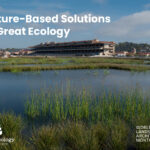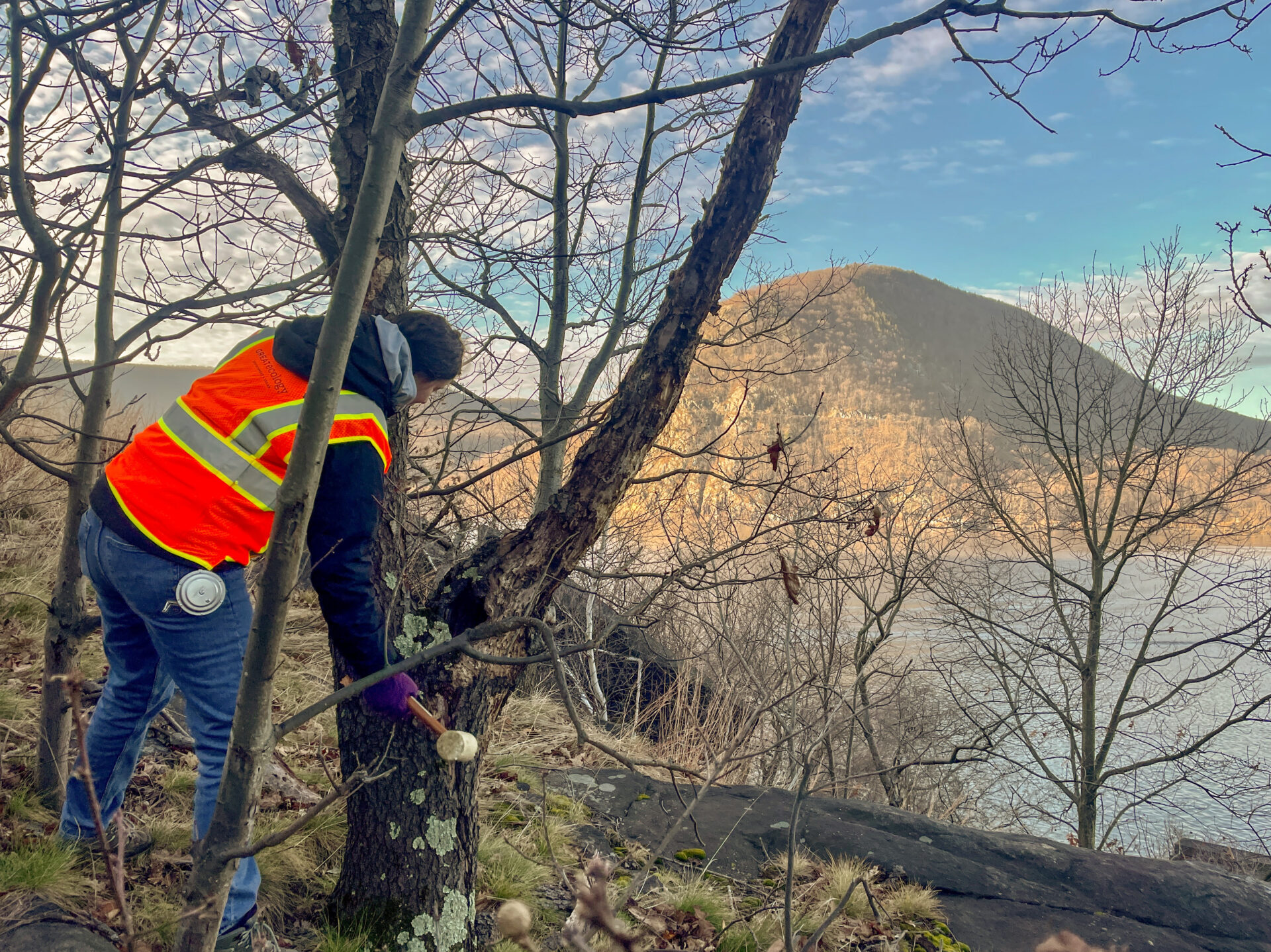Nature-Based Solutions at Great Ecology
April 25, 2024Great Ecology Welcomes Ryan & Stephanie!
April 25, 2024Nature-Based Solutions at Great Ecology
April 25, 2024Great Ecology Welcomes Ryan & Stephanie!
April 25, 2024April 26 2024
Celebrate Arbor Day!
Author: Zoe Bross
If you consider yourself an avid tree-hugger, we hope you are celebrating Arbor Day today, April 26th 2024—a day of recognition for trees, and planting them! The Arbor Day Foundation works to benefit the climate using trees as a form of carbon capture, support community natural spaces, and combats the biodiversity loss brought about by deforestation. There are many reasons to celebrate trees and tree planting.
Did you know that depending on their species and size, one tree can store about 50 pounds of carbon per year? Forests are a huge carbon sink, and with the rise of carbon dioxide in the atmosphere it is important to plant more trees and take care of the ones we already have. According to Our World in Data, the net forest lost—amount of deforestation plus any forest gains—since 2010 globally has been 4.7 million hectares per year, although deforestation rates are much higher. As deforestation increases, so does the planet’s inability to regulate carbon in the atmosphere and the warming global temperatures.
Deforestation’s role in biodiversity loss is not one to be taken lightly. Forests provide habitat for insects, mammals, birds, amphibians, and microorganisms. When forests are removed, the species that once lived there must look for new homes, which leads to population decline, increased competition for newly limited food resources, and possibly human-wildlife conflict. By protecting forested areas and planting diverse tree species, we can help to conserve and create spaces for heathy, biodiverse ecosystems. However, tree plantings don’t need to be limited to areas that are currently forested.
Planting trees to create greenspaces for people in urban areas can help connect communities to nature and tackle some of the effects of climate change. In addition to pulling carbon from the atmosphere, trees help ameliorate the heat island effect by absorbing and trapping heat while providing shade. Trees also provide access to nature in neighborhoods that otherwise lack natural spaces. Outside of forests, parks, urban green spaces, and tree-lined streets are other forms of nature other than forests that utilize trees as a part of their natural infrastructure. When planting trees in these spaces, selecting the right native species of tree for the area is a needed practice for making sure that the tree is well suited to meet the needs of its city and growing zone. Using resources like this guide from the Urban Horticulture Institute at Cornell University, one can select a tree that is especially tolerant of the challenging conditions that being planted in urban areas can present, while also being appropriate for the growing zone. For example, the Ginkgo tree—recommended for growing zone 4b—is great for narrow or wide street tree lawns and pits, and even parks. However, picking native trees for the space contributes ecological value in ways that non-indigenous species cannot. According to the Ecological Landscaping Alliance, the type of plants most closely similar to the condition created in a tree pit are floodplain trees that grow in low-oxygen water-saturated soils. One such tree is the swap white oak, native to states in the northeastern region of the United States.
In an article by National Geographic, interviews with urban community members in low-income areas showed huge upticks in care and happiness for their communities when trees were planted in community spaces. Access to green spaces is also incredibly important for mental and physical wellbeing by lowering stress and improving overall health (to learn more about the benefits of spending time in outdoor spaces, check out another of our Great Ecology blogs here).
Great Ecology has contributed to significant project work in the realm of conserving and protecting trees. In the Wildfire Damage Assessment of a nearly 8,000-acre private property in Sonoma County, CA that suffered extensive wildfire damage, Great Ecology completed vegetation and tree assessments, aerial surveys, and desktop modeling to quantify ecosystem service loss and habitat restoration costs. Our project included an arborist report which outlined tree mortality as well as observations of damage and disease in native oak trees.
There are many ways to celebrate and honor trees, and tree assessments performed as a part of our projects are one method utilized by our ecologists to understand their needs. For one of Great Ecology’s projects, the Hudson Highlands Fjord Trail (HHFT), the team is providing ecological restoration consulting services for a proposed 7.5-mile linear park located between Beacon and Cold Spring, NY that will run parallel to the Hudson River. Designed with a focus on ecological restoration and resilience, the goal of this project is to provide greater access to the Hudson River and Highlands by creating a park and trail system that connects existing trails. Among other services, our team is conducting tree surveys and assessments to document the existing habitats and site conditions. In addition, Great Ecology is reviewing the proposed master plan documents to recommend strategies to protect, enhance, and restore the habitat and natural resources within the park. Here, trees play a vital role in the ecology of the area and are well integrated into the park plans and design.
Today, practice some gratitude for the trees in your life. Thank the tree giving your backyard shade, or the tree on the street outside your apartment that holds a nesting bird. Spend some time in a forest—if you have access—and notice the biodiversity found within. If you have the opportunity, plant a tree! Arbor day is the perfect day for it.









